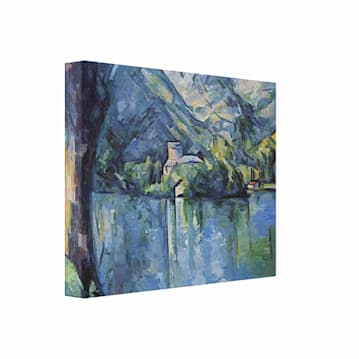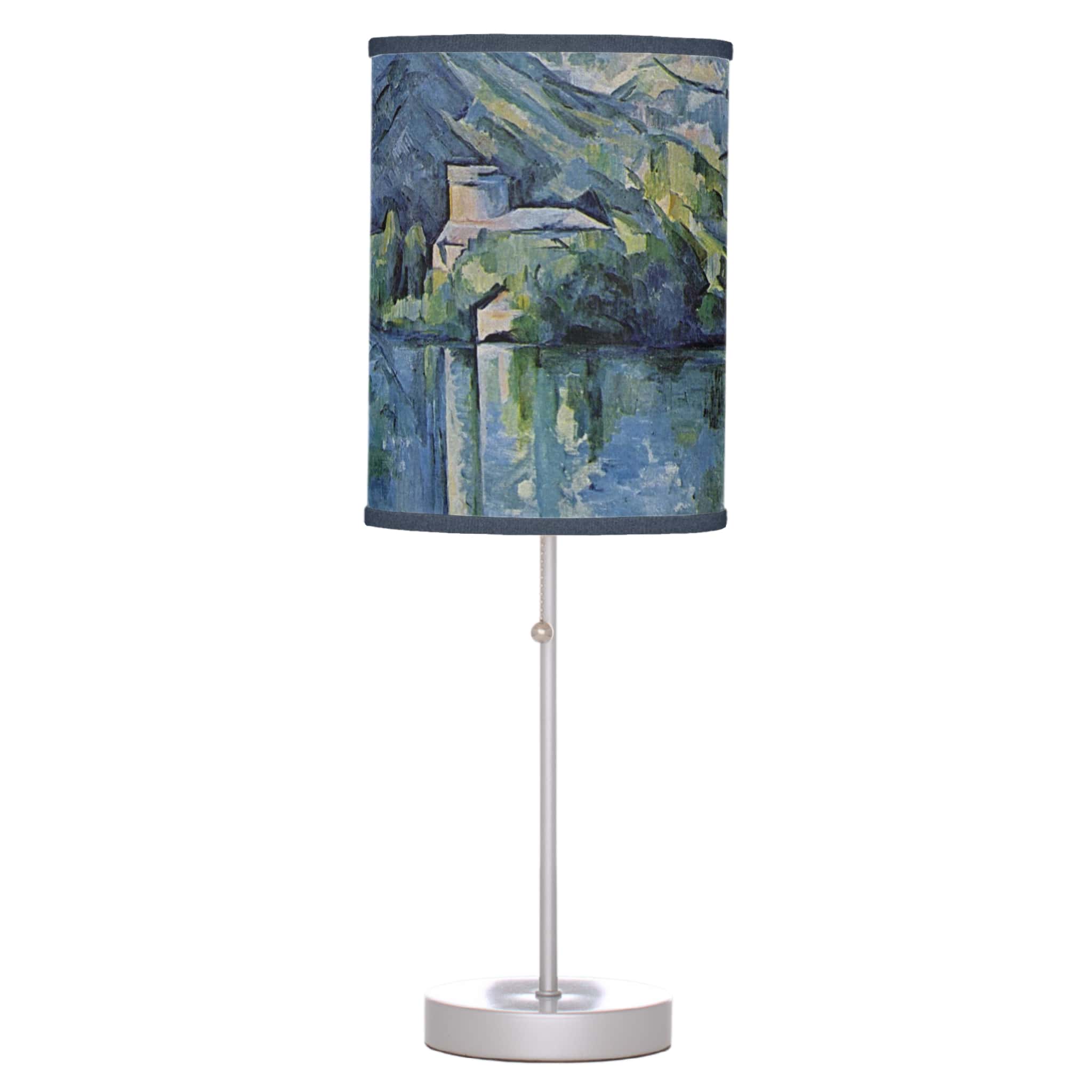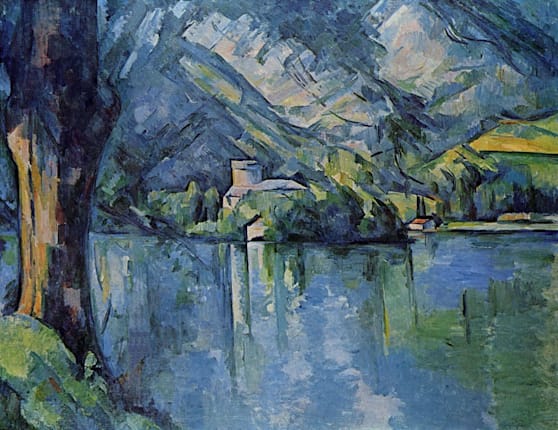The Artist Paul Cezanne
Master Impressionists
Paul Cezanne was a Frenchman who painted in the 19th and 20th centuries. Born in Aix-en-Provence, France, he helped lead the Post-Impressionist movement during that timeframe. Cezanne's artwork is often recognized through his interpretation of the sun's light, and its reflection pn his landscape scenes.
Cezanne began his painting in the 1860s and was initially associated with the Impressionist movement. However, throughout his career his work slowly led him to cross-over from Impressionism into the abstract styles that began in the 20th century. Some of Cezanne's most recognized works include "The Card Players," "The Bathers," and "Mont Sainte-Victoire."
One struggle in Cezanne's life was that he had a problematic relationship with his father, a wealthy banker who did not support Cezanne's desire to be an artist. While this relationship was unfortunate, his fathers wealth allowed him the freedom to become the painter we know today. This all led to his work being recognized and celebrated by the art world as a pioneer of his art period.
His work slowly led him to cross over from Impressionism into the more abstract styles that emerged in the 20th century. Cezanne's art continues to be deeply respected, widely studied and admired. His unique style, exploration of color and form have solidified his art legacy.
About Paul Cezanne
| Birth Date | January 19, 1839, France |
|---|---|
| Date Died | October 22, 1906, France |
| Jobs Other Than Painting | Most of his life revolved around art |
| Art Training | He was mostly self taught, without any formal training. |
| Painting Period(s) | Impresssionism, Modern Art |
| Interesting Facts |
|







